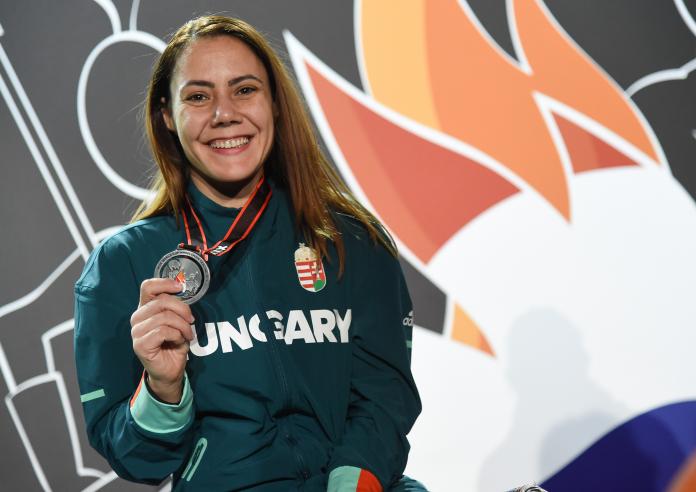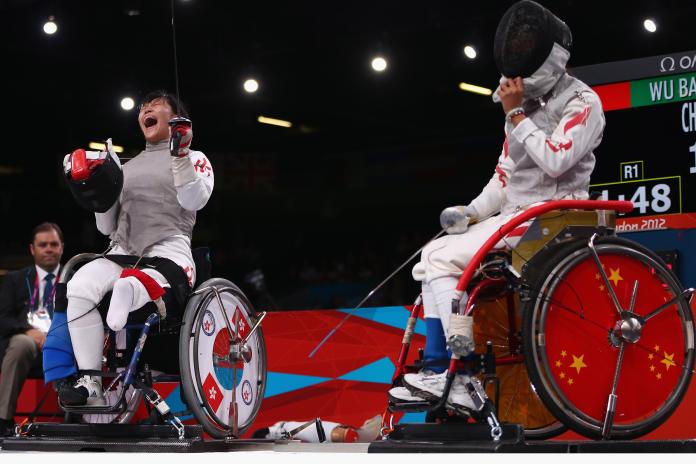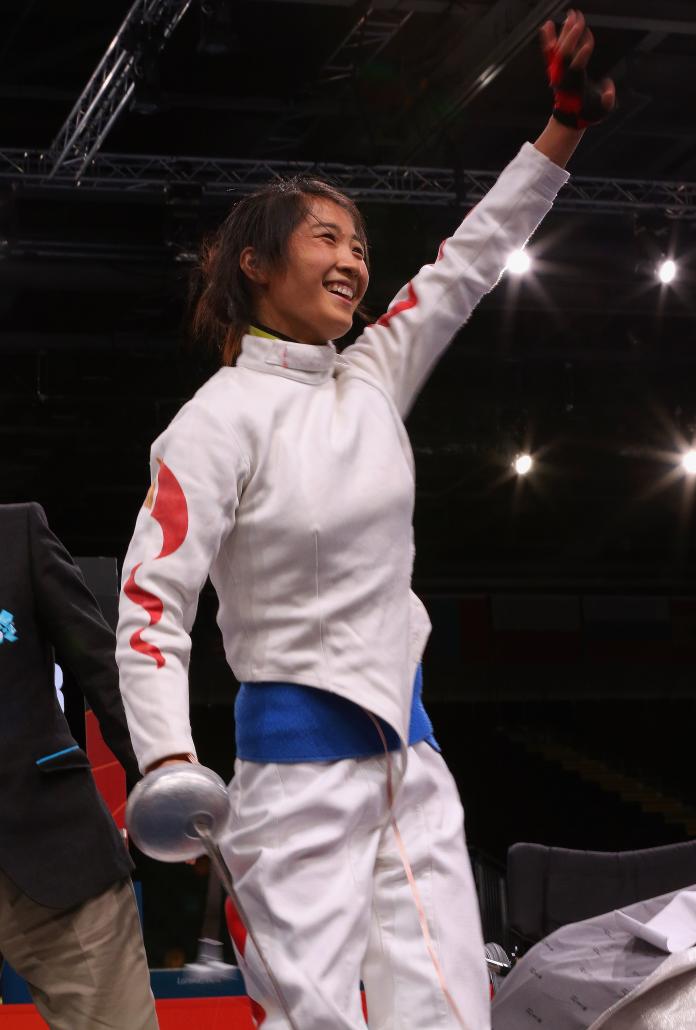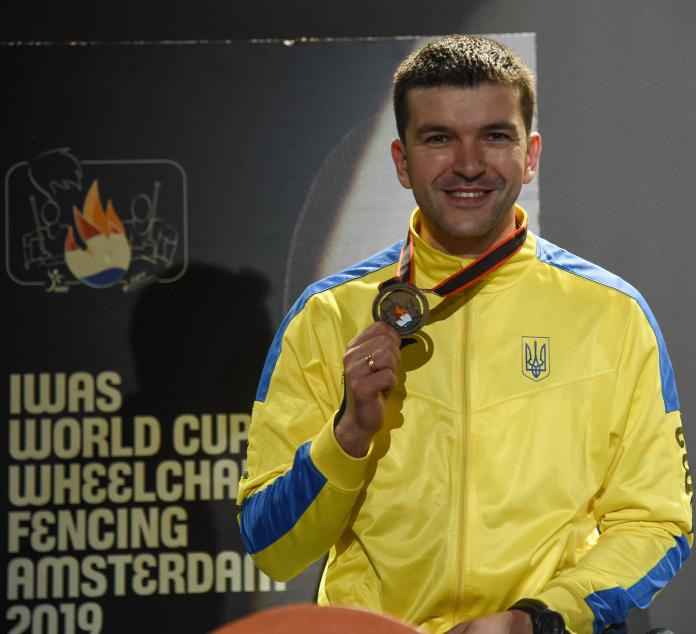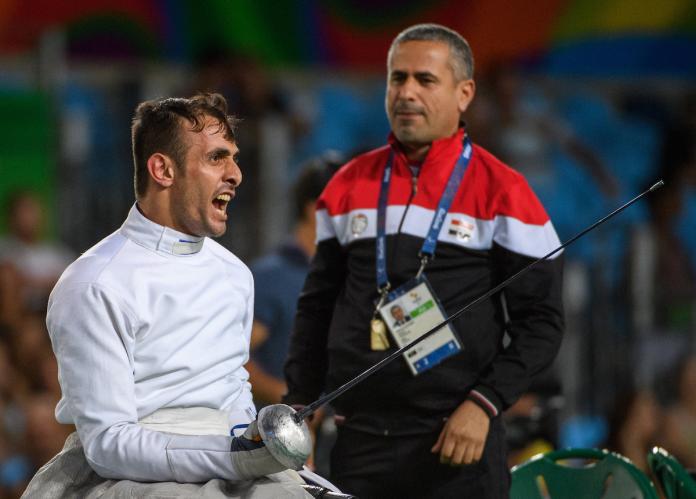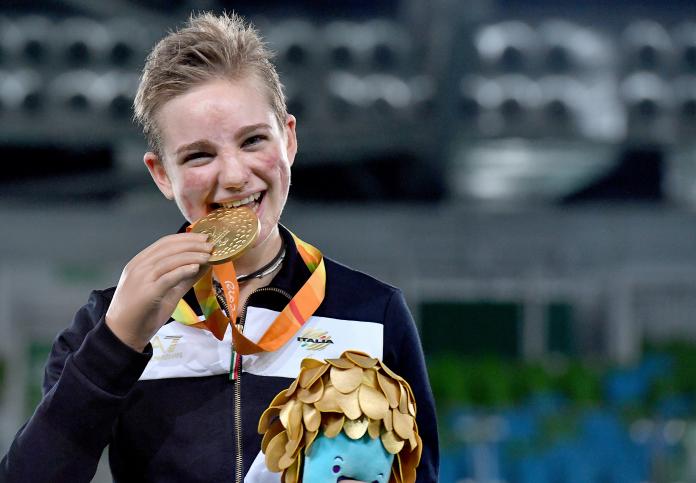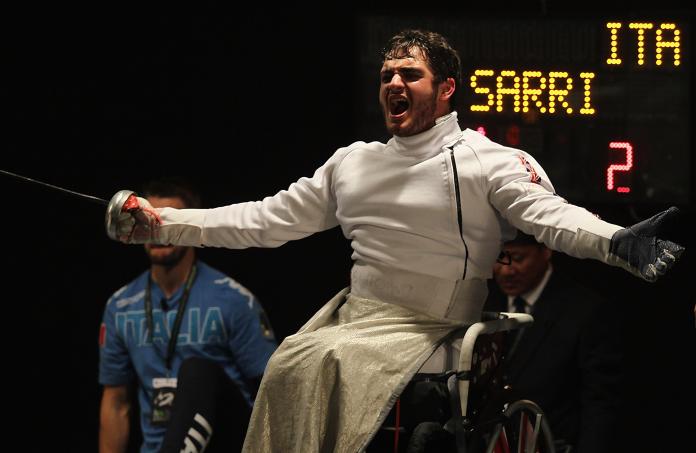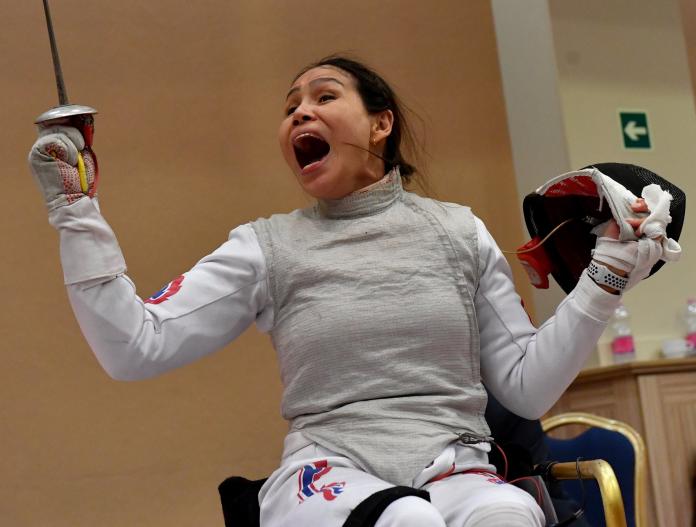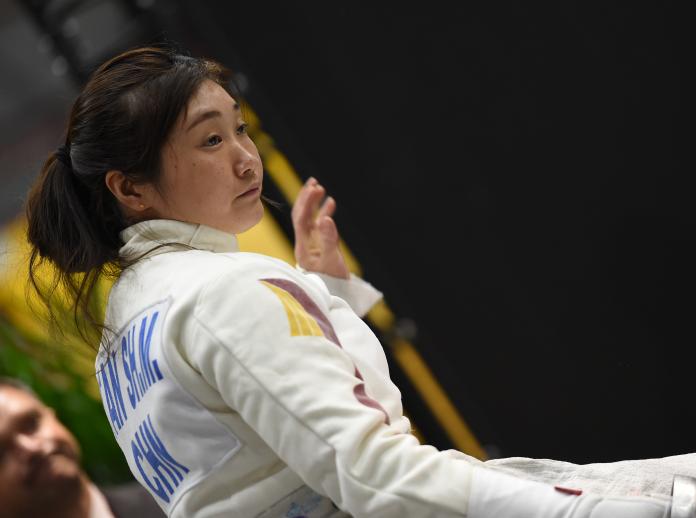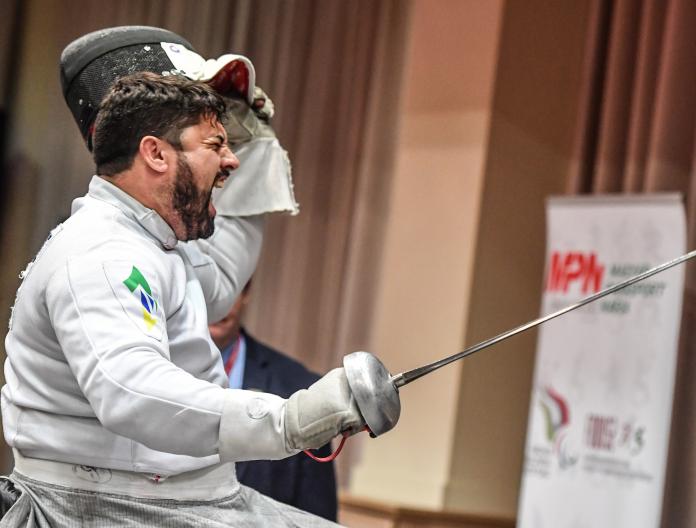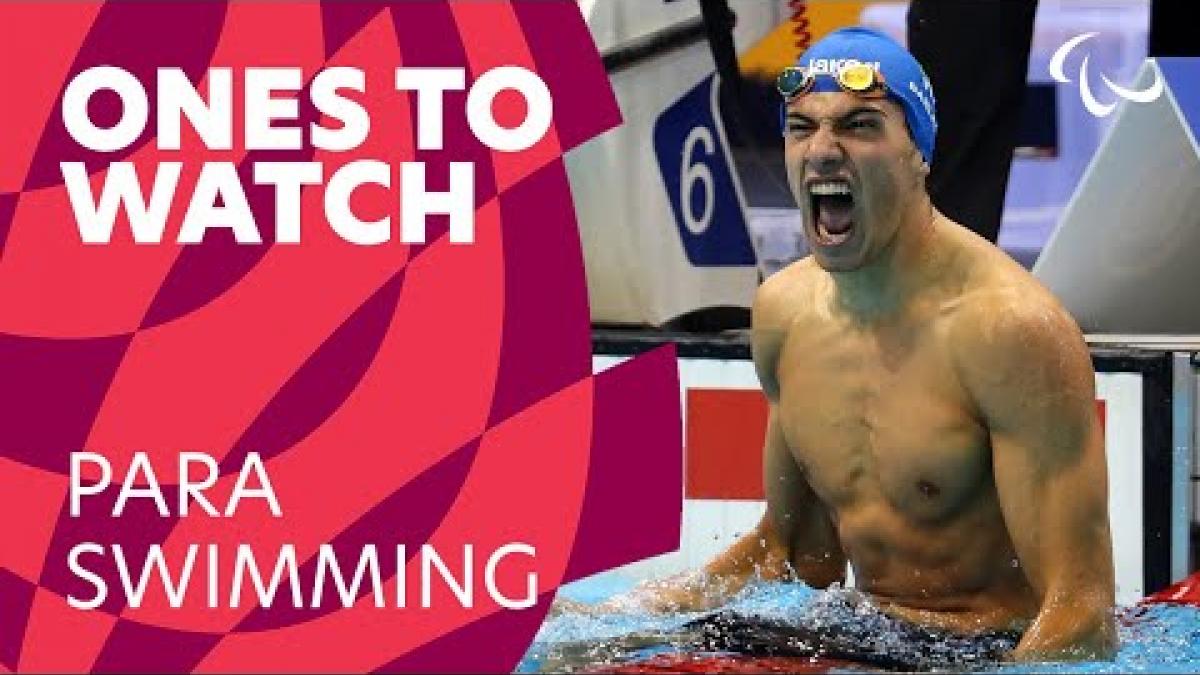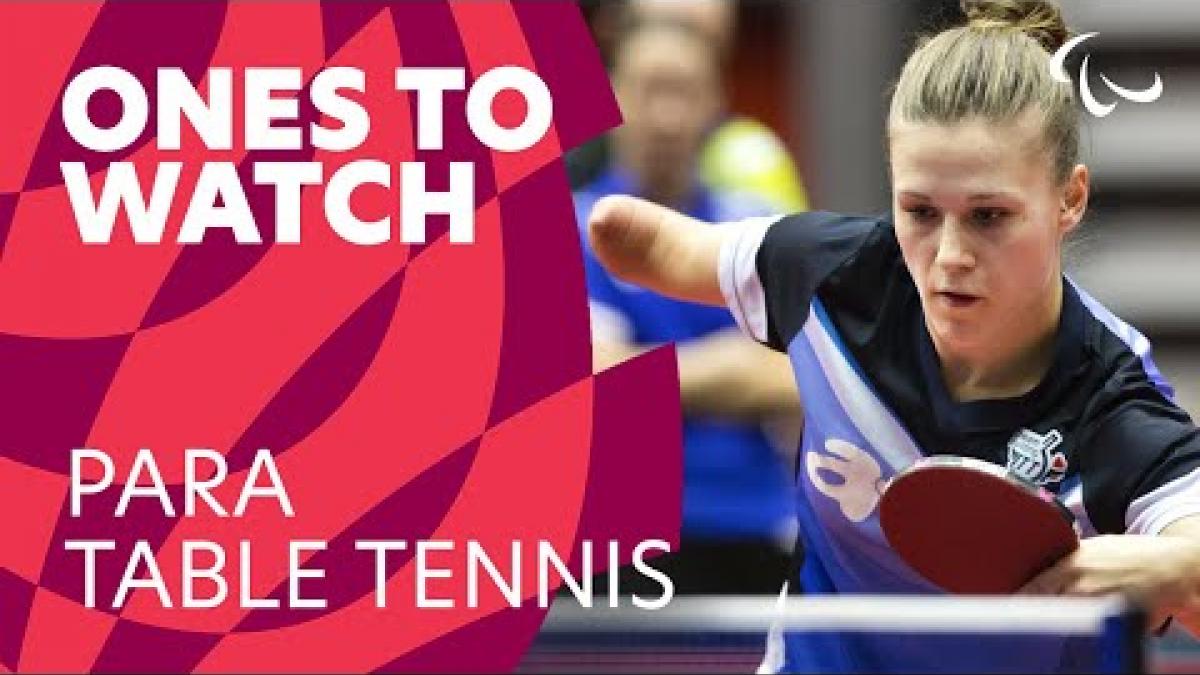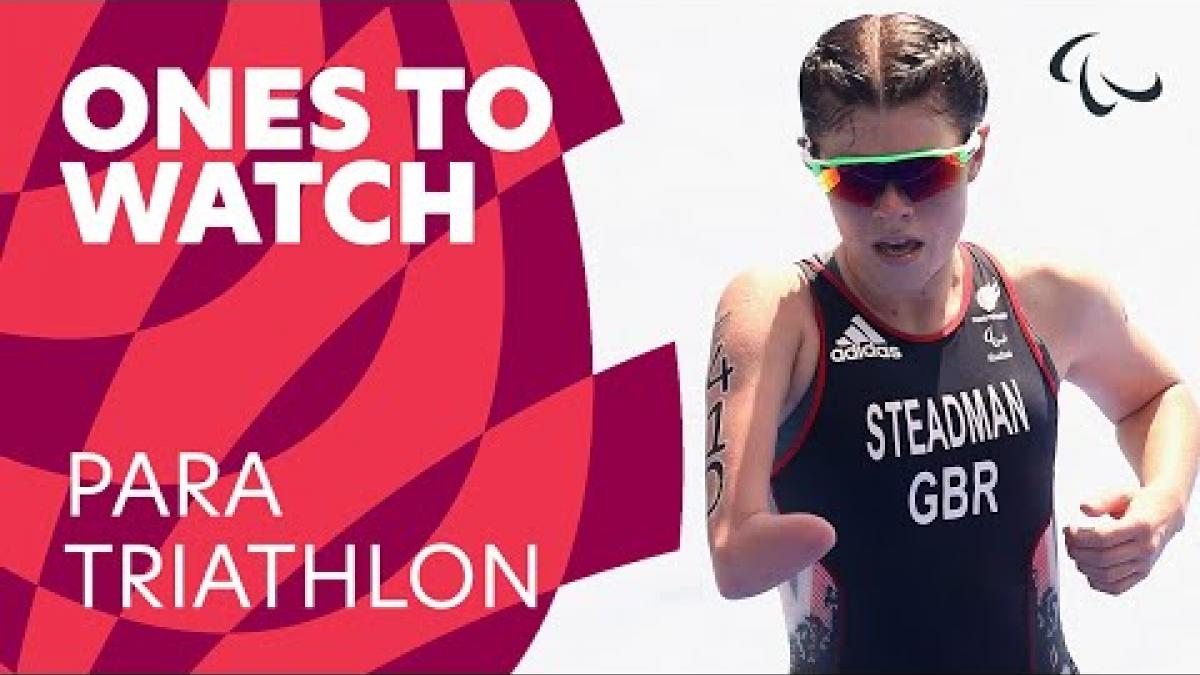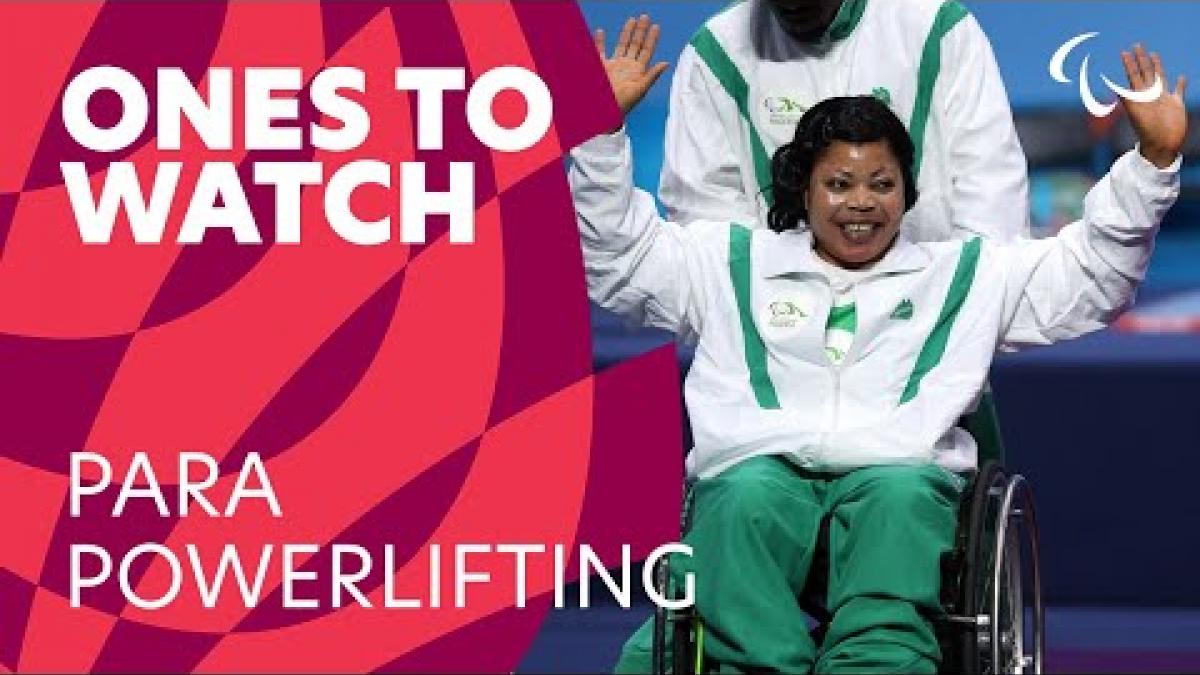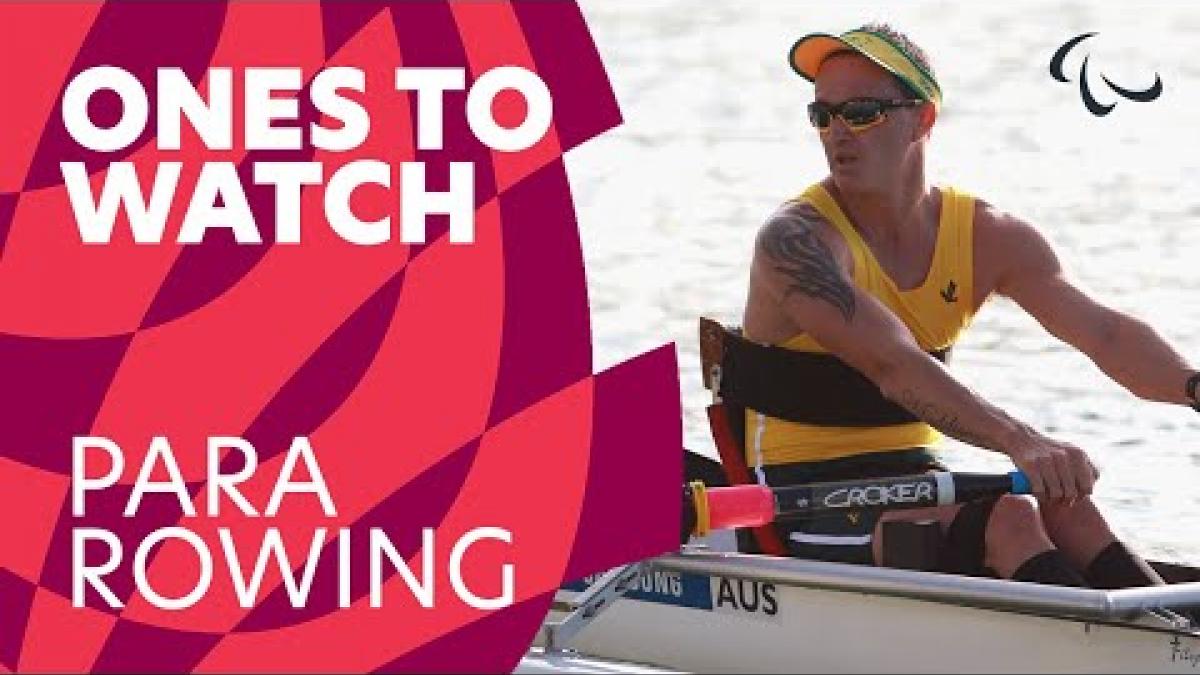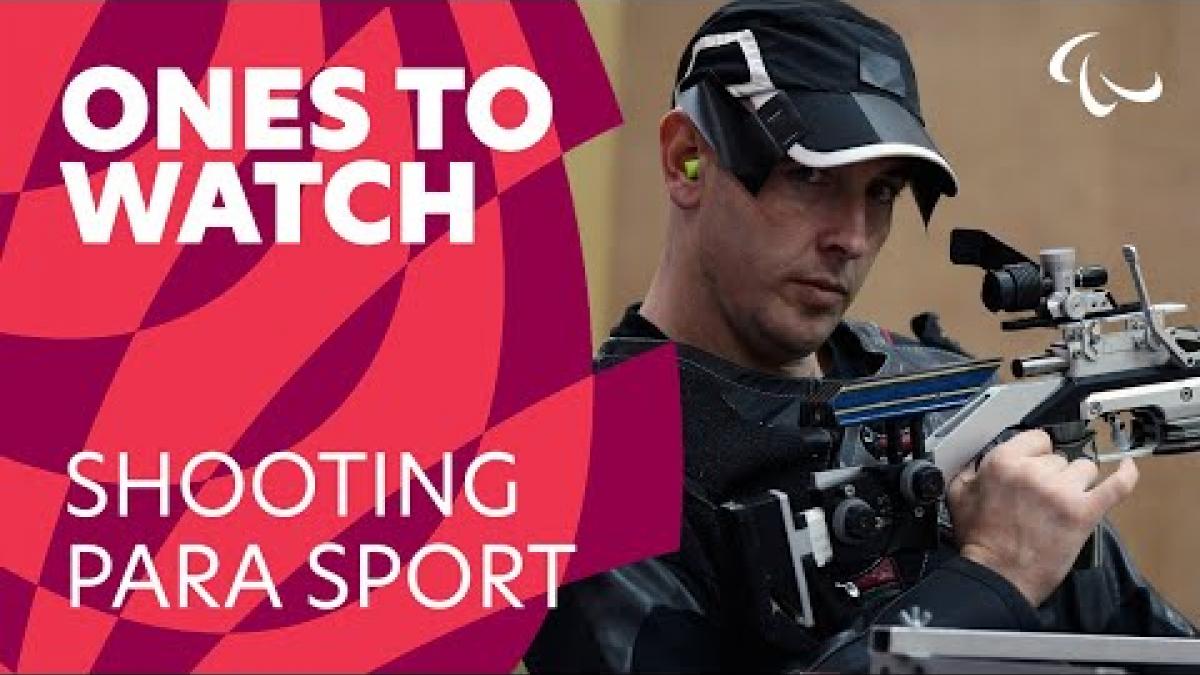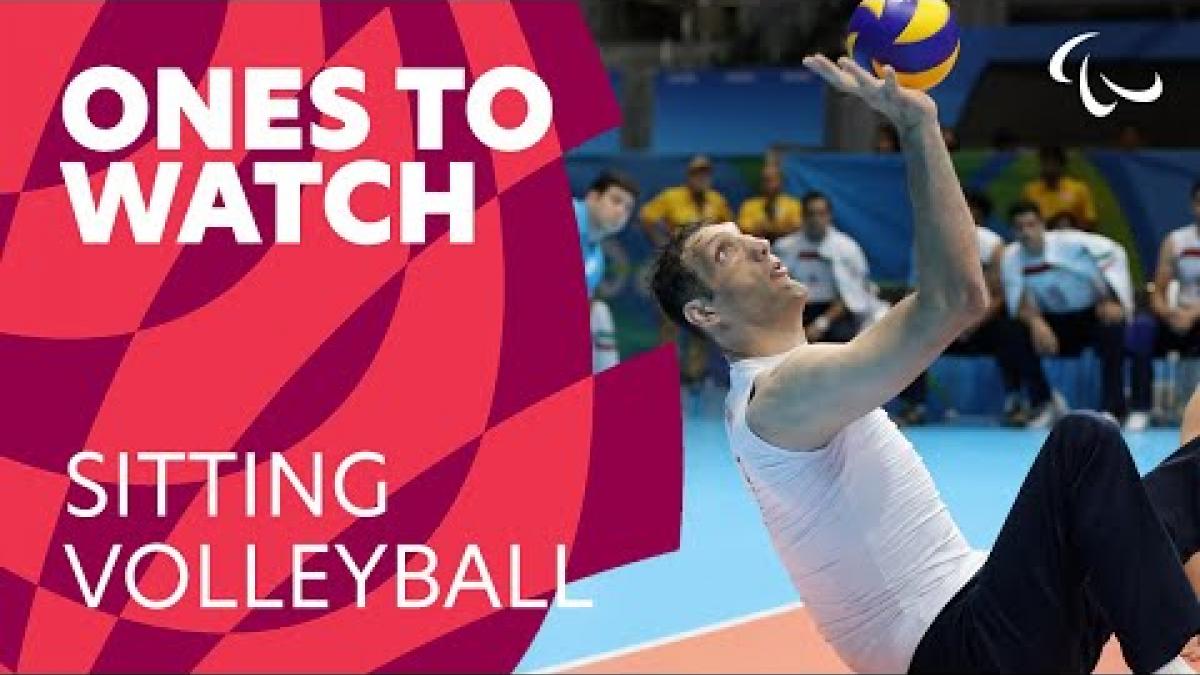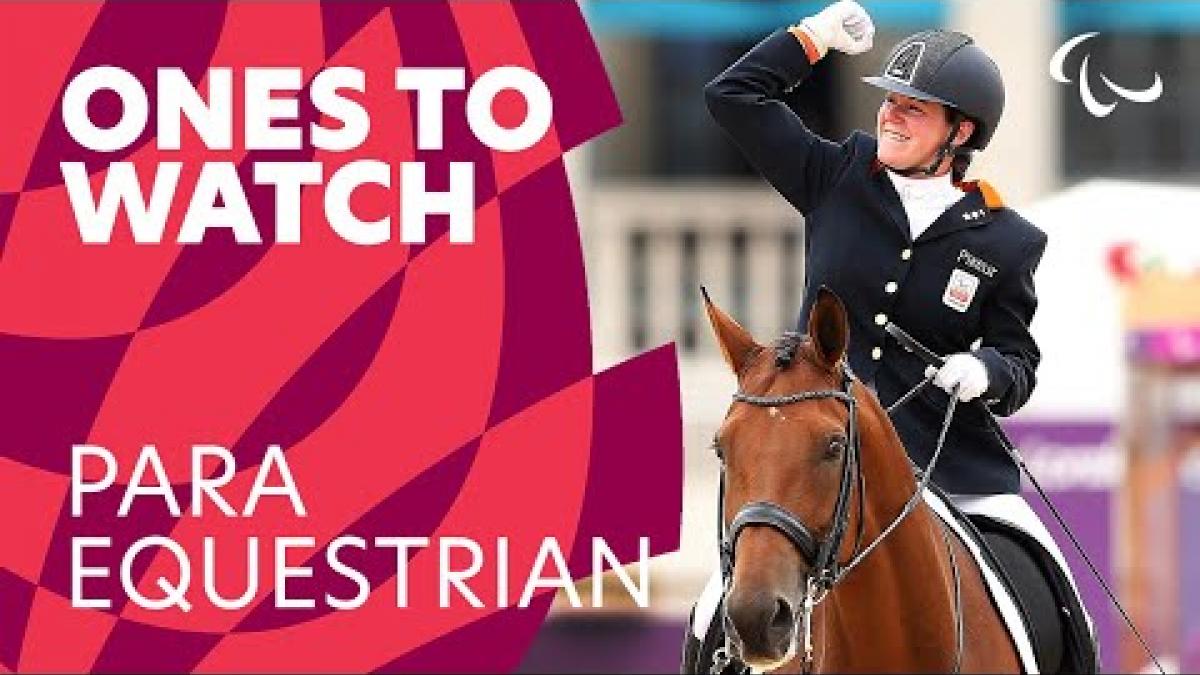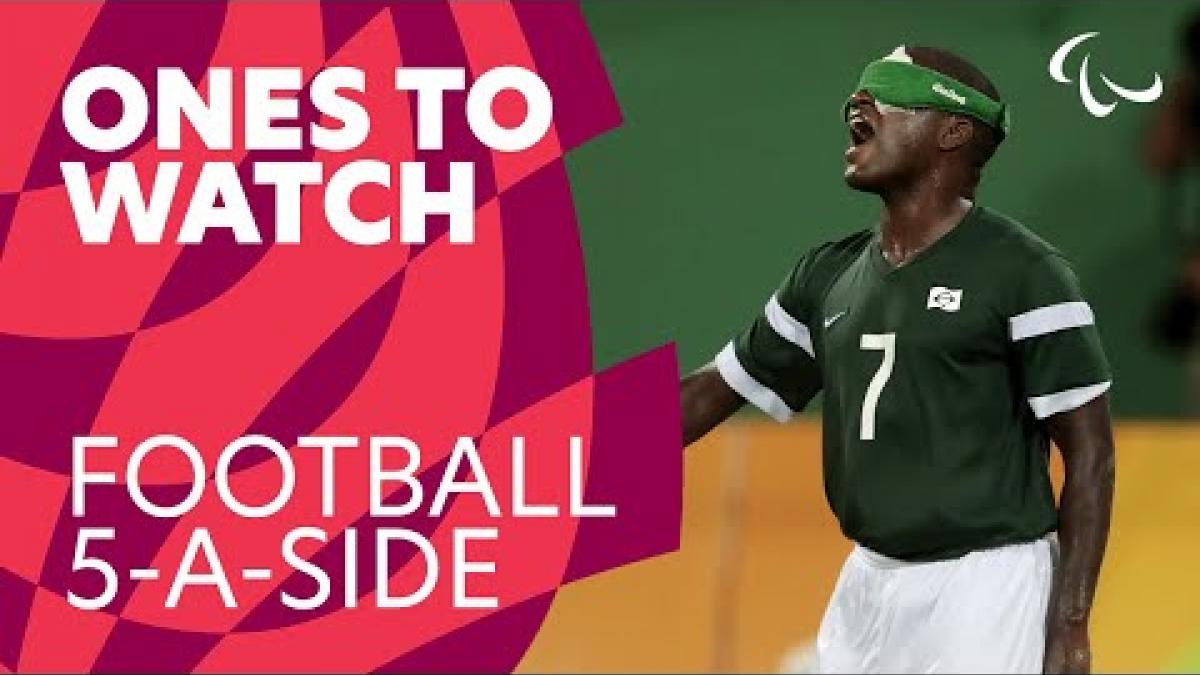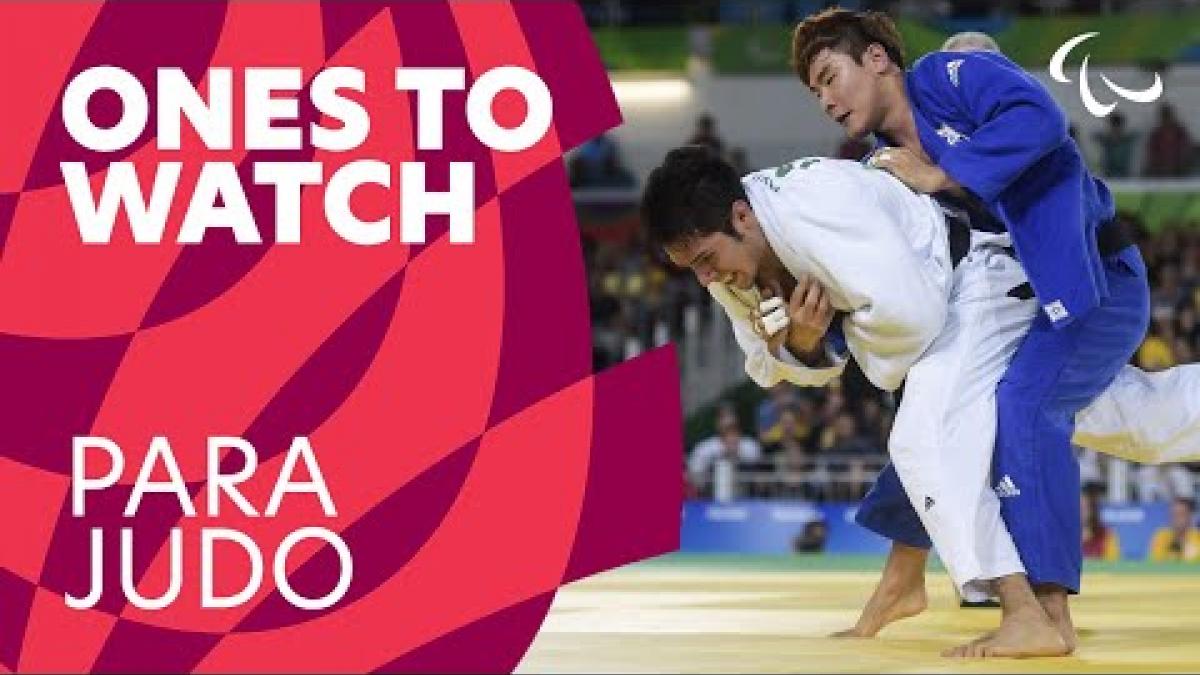Sport Week: Ones to watch for wheelchair fencing
Tokyo 2020 will see the addition of the women’s sabre category A and B, bringing the number of medal events to 16 across men’s and women’s individual and team foil, epee and sabre 23 Jul 2021Blink and you will miss it; wheelchair fencing combines speed, tactics and pin-point accuracy to score points. Check-out which athletes will be going for gold in one of the original Paralympic sports on the piste of the Makuhari Messe Hall B from 25 August
Eva Andreja Hajmasi (HUN)
Hajmasi has spent more than a decade working her way to the top of the rankings in the women’s category A. Debuting in 2010, it took her just two years to reach the World Cup podium in her favoured weapon, the foil. A flood of medals would follow, including a gold at the 2016 European Championships and a World Championships silver medal in 2017.
As well as her individual accolades, Hajmasi has been a key player in maintaining Hungary’s impressive team record. She made her first Paralympic appearance at Rio 2016, helping her country to silver in the team foil.
Yu Chui Yee (HKG)
One of the most respected athletes in Para sport, Yu Chui Yee is both a pioneer and role model.
After contracting cancer at the age of 9 and the amputation of her leg at 13, Yee began wheelchair fencing three years later. Supported by her parents, particularly her mother, Yee is now one of Hong Kong’s most successful Paralympians. At Athens 2004, she became the first athlete in the women’s category A to win a sweep of four gold medals across individual and team events in foil and epee.
Yee went on to claim three golds and three silvers from Beijing 2008, London 2012 and Rio 2016.
Jing Rong (CHN)
Rong’s incredible talents, particularly in the foil, make her a lynchpin of the Chinese team.
As well as being the reigning women’s foil category A Paralympic and world champion, Rong was in the line-up for both of China’s golds in the team foil and epee at Rio 2016.
The now 32-year-old made an instant impact on her debut in 2009, claiming a World Cup win. She has gone on to secure 21 more golds in epee and foil individual and team events over her illustrious career.
Andrii Demchuk (UKR)
In the four years between his debut at the London 2012 Paralympics where he finished ninth and Rio 2016, Demchuk went from zero to hero. Topping the podium in the men’s sabre category A, Demchuk followed-up on his first European title won just a few months before.
Since getting the major confidence boost of being the Paralympic champion, Demchuk has really come into his own. He has consistently finished on the World Cup podium in sabre and retained his regional gold in 2018. His main event remains the sabre where fans can enjoy a compelling rivalry with Hungary’s Richard Osvath, whom he faced in the final at the last Paralympic Games.
Ammar Ali (IRQ)
Ammar Ali has opened up the world of fencing to sports fans in Iraq since winning silver in the men’s epee category B at Rio 2016.
But the Iraqi was worrying his competition long before then. In 2010, at his first Asian Championships, Ali stunned the field to take the epee title. Podium finishes would follow in the next two editions in 2014 and 2016 and Ali also added some medals in the foil for good measure. He became an epee world champion for the first time in 2015.
This all came only a short time after a bomb blast near his home in Baghdad in 2007 that damaged his spinal cord and transformed his life forever. Just one year later, Ali was recruited to the national wheelchair fencing team - his long arms apparently attracting the selectors - and from there he has never looked back.
Beatrice Vio (ITA)
Beatrice ‘Bebe’ Vio is an icon of Para sport the world over.
From the very start of her career in 2010 and on her subsequent World Cup debut in 2012 where she won her first silver in the women’s foil category B, she was destined to be a star.
Selected as a torchbearer for the London 2012 Paralympics as she was too young to compete, Vio won her first European title in 2014 and followed up a year later with victory at the World Championships. She is now unbeaten in the foil in the last two editions of these competitions and has never finished outside the top three at World Cups.
A strong advocate for a positive body image, Vio had both her legs amputated from the knee and her arms from the forearm in 2008 at the age of 11 after contracting severe meningitis. The 24-year-old uses special prosthetics to hold her weapon and maintain her position in her fencing wheelchair.
Vio also starred in the groundbreaking Netflix documentary about the history of the Paralympic Movement in 2020 and regularly appears in magazines and on TV.
Dimitri Coutya (GBR)
Over the last decade, Coutya has become one of the fencers to beat in not one, but two weapons.
Beginning in 2012, Coutya waited in the wings for two years before finally emerging onto the World Cup podium, first in the men’s foil category B and then the epee in 2015.
He took a huge step forward in 2015, claiming World Championships silver in the foil. The following year, European medals came in both weapons.
Coutya was on track to make a really impressive Paralympic debut in 2016, with many people favouring him for a medal. He only missed out after losing to the eventual gold medallist, Andrei Pranevich of Belarus, in the quarter-finals of the epee.
After coming back from that disappointment to claim both world titles in 2017, subsequently retaining his epee title and grabbing silver in the foil, Coutya has to be one of the hot favourites for Tokyo 2020.
Saysunee Jana (THA)
Thailand’s first female Paralympic champion will go for her fifth consecutive podium finish at Tokyo 2020.
Debuting in 2004 with an incredible win in the women’s epee category B, Jana secured two golds and one silver and bronze medal in the weapon at Beijing 2008, London 2012 and Rio 2016.
When she was 17, Jana’s back was broken in a motorcycle accident while she made her way to work to support her family. The teenager fell into a deep depression and barely left her house for four years, eventually deciding to end her own life.
But Jana could not lift herself out of her wheelchair to do so and was forced to embrace the changes to her life. She subsequently returned to education and attended a government-run institute for people with disabilities where she tried wheelchair sports, including fencing, and was motivated by the prize money to provide for her family.
Shumei Tan (CHN)
From languishing in 29th and 15th position on her World Cup debut in 2018 to third spot on the podium just a few months later at the International Wheelchair and Amputee Sports Federation (IWAS) World Games, Tan’s rise to the top has been swift and ruthless.
Since her bronze medal in the sabre category B the Chinese fencer has not missed a beat. Her worst result at a World Cup so far is second and she swept the board at the 2019 World Championships in both epee and sabre individual and team events.
Her Paralympic debut in Tokyo is sure to be just as impressive.
Jovane Guissone (BRA)
Brazil’s London 2012 men’s epee category B Paralympic champion has still got it.
As Brazil’s top wheelchair fencer for more than ten years, Guissone is the regional title holder in both the epee and foil, and is unbeaten in the latter at the last three Americas Championships.
His track record at World Cups is just as good with his latest win coming in early 2020 before the pandemic, when he beat Belarusian Paralympic champion Andrei Pranevich on the way to the final.
While he missed out on the podium at his home Paralympics in 2016, Guissone is motivated – and has the ability - to put the ghosts of five years ago to rest.
 Facebook
Facebook
 Instagram
Instagram
 Twitter
Twitter
 Youtube
Youtube


